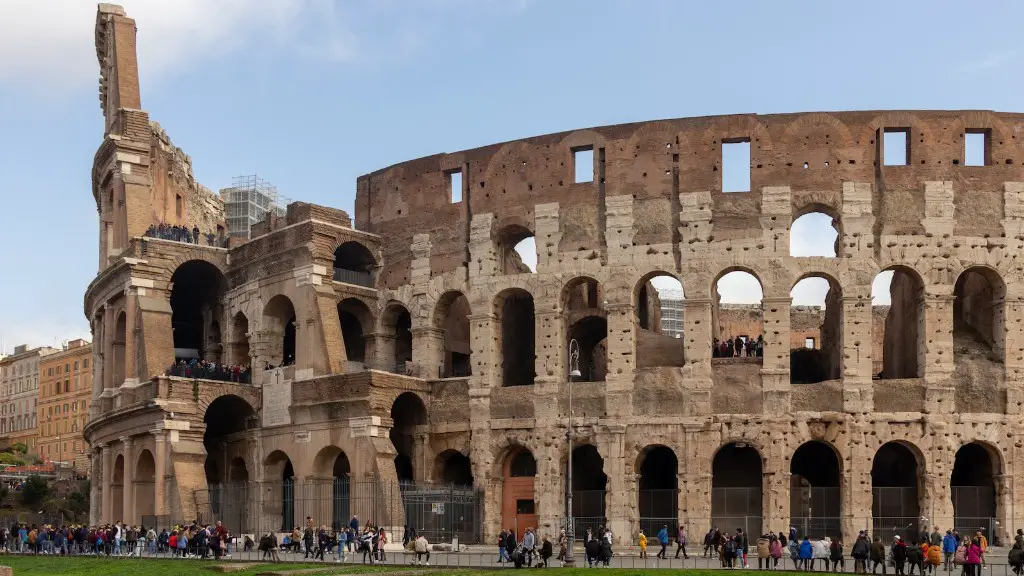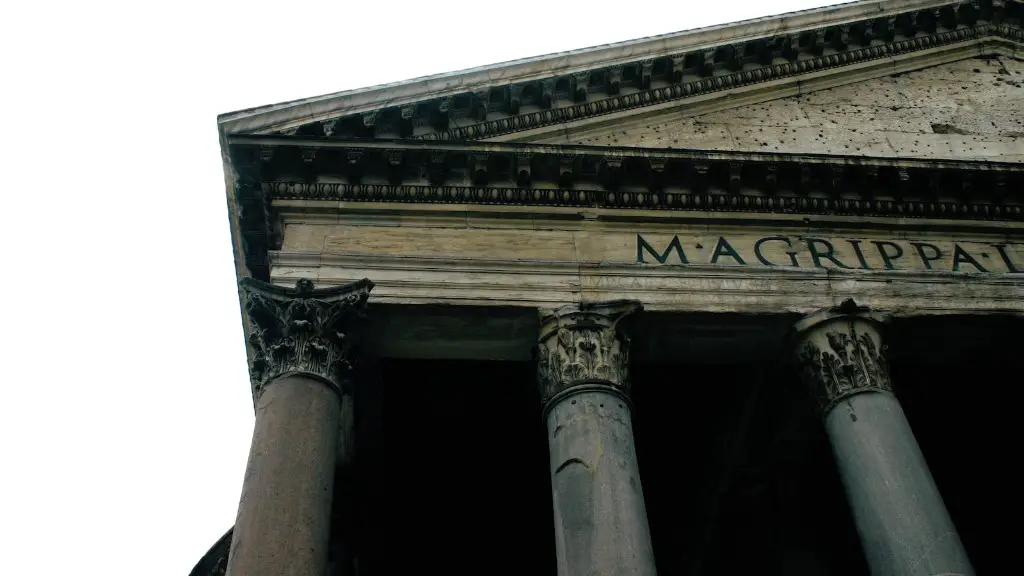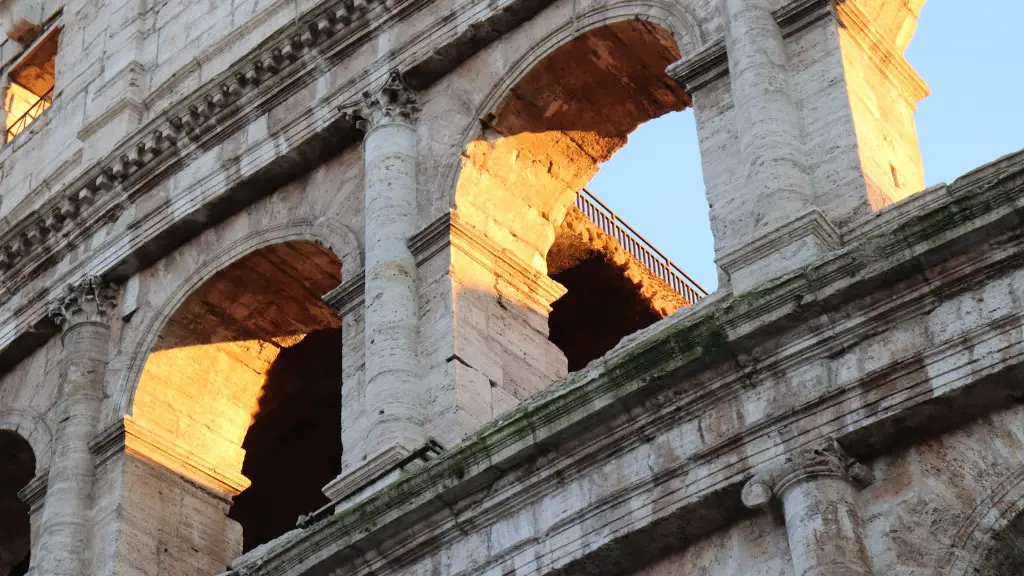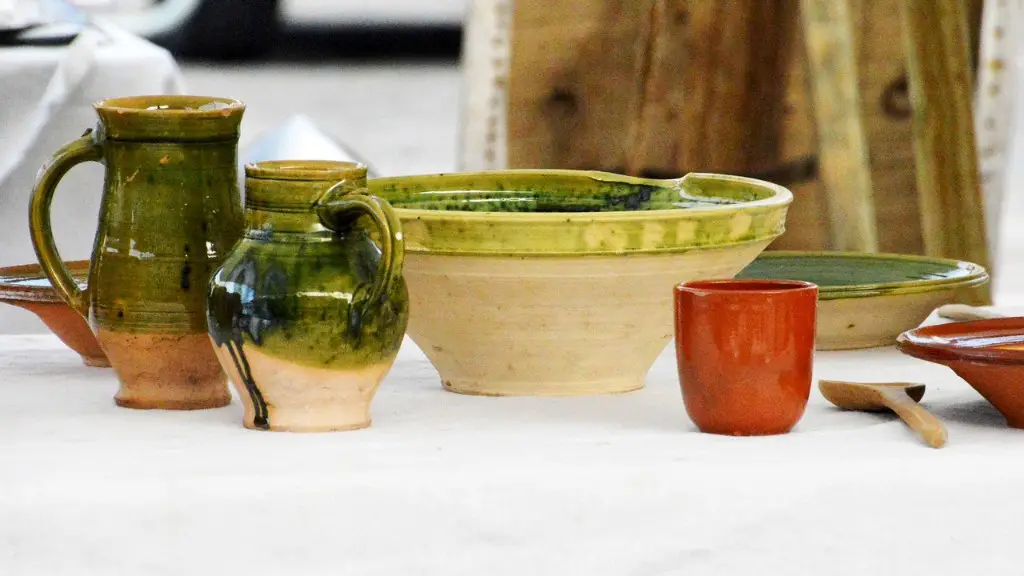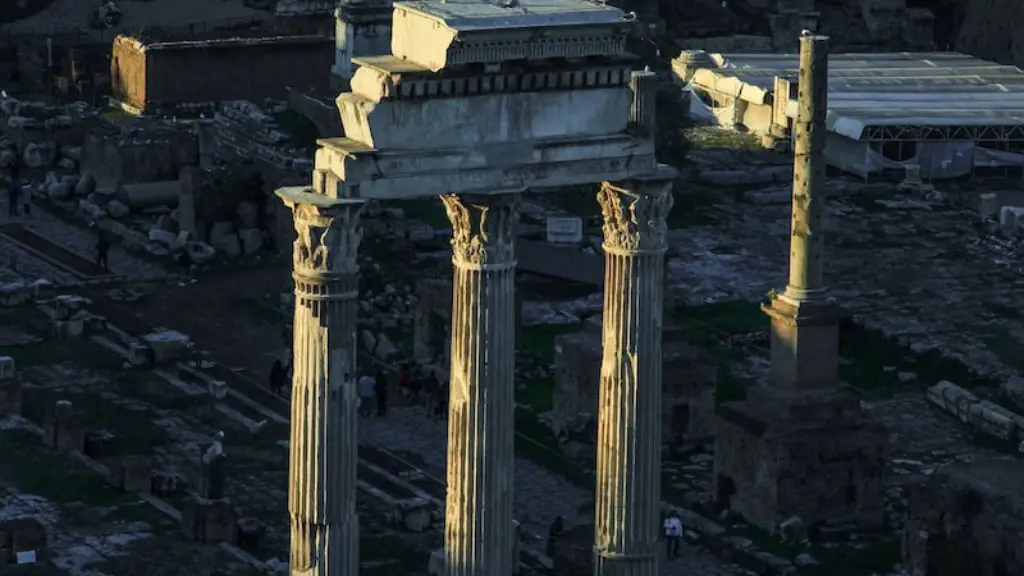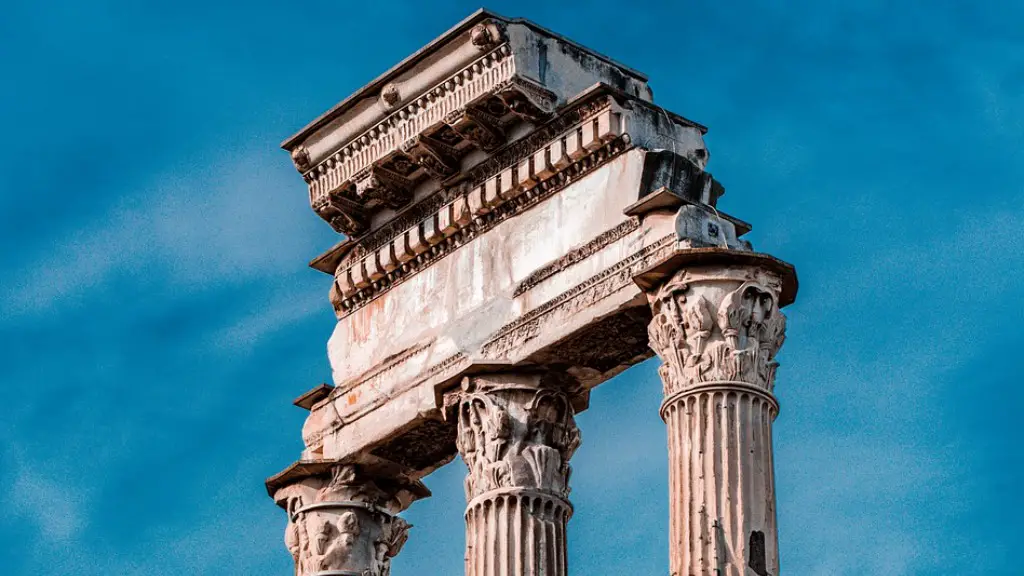There is no doubt that the Roman Empire was one of the most powerful empires in the history of the world. At its peak, the empire controlled a territory that extended from Britain to North Africa and from Spain to the Middle East. The Roman Empire was responsible for many great achievements, including the development of classical civilization, the construction of monumental public works, and the establishment of a legal system that is still used in many countries today.
While the Roman Empire is no longer in existence, its legacy continues to have a significant impact on the world today. Many of the countries that were once part of the empire, such as Italy, France, and Spain, still have strong ties to their Roman heritage. The Roman Catholic Church, which was founded during the empire, is the largest Christian church in the world, with over 1.2 billion members. The architectural style known as Classical Revival, which was popular in the 18th and 19th centuries, was inspired by the architecture of Ancient Rome. And the Latin language, which was the language of the Roman Empire, is still used in many fields, including academia, law, and medicine.
The impact of Ancient Rome on modern life is significant in terms of architecture, politics, and culture. Roman architecture can be seen throughout the world in buildings, bridges, and even roads. Roman political ideas and concepts such as the rule of law, representative government, and even the basis for democracy have shaped the modern world. Finally, Ancient Rome was a key player in the development of Western culture and has had a significant impact on art, literature, and even language.
How has Rome impacted the US today?
The Constitution of the United States was heavily influenced by the Roman Republic. The Founders were well aware of the Republic’s successes and incorporated many of its features into our own Constitution. The system of checks and balances, the bicameral legislature, term limits and age requirements were all borrowed from Rome. In some cases, the Founders even used Roman terms like senate, capitol and committee. The Constitution of the United States is a testament to the enduring legacy of the Roman Republic.
The Roman Empire was one of the most influential empires of all time. Not only did it have a lasting impact on politics and culture, but its legal system also had a significant impact on the development of law in Europe and beyond. Roman law was based on the idea of natural law, which held that there were certain principles that were inherent in human nature and that could be used to determine what was just and unjust. This way of thinking about law and justice was very different from the earlier Germanic system, which was based on the concept of fairness. Roman law also introduced the idea of contracts, which was a way of ensuring that people lived up to their obligations. This had a huge impact on the development of commerce and the economy. Roman law also had a significant impact on the development of the English common law system. Many of the legal concepts that we take for granted today, such as trial by jury, civil rights, and corporations, all have their roots in Roman law.
What are 4 ways that Rome affects us today
The Roman Empire was one of the most influential empires of all time. Even though it has been thousands of years since it flourished, we can still see evidence of it in our art, architecture, technology, literature, language, and law. From bridges and stadiums to books and the words we hear every day, the ancient Romans have left their mark on our world.
Roman influence can be seen in many modern buildings in terms of design and material. Domes, pillars, and arches are all features that were popular in Roman architecture and are still used today. In addition, many modern structures are modeled after Roman originals, such as sports arenas, spas, supermarkets, and apartment buildings. This influence is a testament to the lasting legacy of Roman architecture.
What are 3 things we get from ancient Rome?
The above examples are a few of the things that Rome is known for. Rome is a historic city with a lot of culture. It is also known for its roads, which are some of the oldest in the world. Central heating is another thing that Rome is known for. This is because the city is located in a very cold climate. Concrete is also something that Rome is known for. This is because the city has a lot of buildings and structures made out of concrete. The calendar is also something that Rome is known for. This is because the city was the first to create a calendar that is still used today. Flushing toilets and sewers are also something that Rome is known for. This is because the city has a very advanced sewage system.
The executive branch of the United States government is modeled after the ancient Roman model of two consuls elected by landowners for one-year terms. The legislative and judicial branches of the United States government are also modeled after their counterparts in ancient Rome. America’s founding fathers were heavily influenced by the Ancient Roman model when they were designing the United States government.
How does life in ancient Rome compared to ours today?
Even though ancient Rome was a very different place than our modern world, there were still many similarities in daily life. The majority of people had to work to make enough money to support themselves and their families. They also spent time with their loved ones and took care of the household responsibilities. In many ways, it seems that not much has changed in all these years!
Cement, the Aqueduct, Sanitation, Roads, Social care and welfare, Julian Calendar, Elements of surgery, Elements of the modern legal system are some of the many contributions that the Romans have made to our world that we still use even now.
What did ancient Rome contribute to the world
The ancient Romans were a people known for their military, political, and social institutions. They conquered vast amounts of land in Europe and northern Africa, built roads and aqueducts, and spread Latin, their language, far and wide.
The ancient Romans were one of the most advanced civilizations of their time. They invented many things that we still use today, including cement. Cement is stronger than stone, and the Romans used it to build huge arches and domes. They also built more than 50,000 miles of roads with concrete, which helped to unify their empire. Aqueducts carried water from the countryside to the city, and the Romans used them to bring water to their homes and public baths.
What did Romans bring to us?
The Roman conquest of Britain was a significant event in British history. The Romans brought with them new towns, plants, animals, a new religion and ways of reading and counting. Even the word ‘Britain’ came from the Romans. The Roman influence can still be seen in Britain today.
The collapse of the Roman Empire is usually considered one of the worst disasters in history. But you argue that Rome’s dramatic collapse was actually the best thing that ever happened. How so?
The disintegration of the Roman empire freed Europe from rule by a single power. This led to the rise of a number of smaller, more localized states. These states were more responsive to the needs of their people and more efficient in their administration. They also encouraged the development of a more diverse range of cultures and ideologies.
In the long term, the collapse of the Roman Empire was a positive development for Europe.
What did the Romans invent for us
The Romans were one of the first cultures to establish a dedicated military medical corps, which made significant contributions to the field of surgery. Their surgical tools and techniques were highly advanced for their time, and they were also pioneers in the use of the cesarean section. These innovations made a significant difference in the survival rates of injured soldiers on the battlefield.
Most of the contributions made by ancient civilizations – such as writing systems, ancient architecture, philosophy, mathematics, astronomy and medicine – have already been pointed out by RG colleagues. However, there are still many other aspects of their legacy that are worth mentioning. For example, the ancient Egyptians were responsible for developing the first organized religion, while the ancient Greeks were responsible for laying the foundations of democracy. These are just two examples of the many ways in which ancient civilizations have shaped the world we live in today.
What Roman contributions still influence our lives today quizlet?
The Roman Empire was one of the largest empires in history and at its height controlled a territory that extended from Britain to North Africa and from Spain to the Middle East. The empire was primarily a cultural one, with Roman law, government, and ways of life spreading throughout the conquered territories. Even after the empire fell, the influence of Rome was still felt in many areas of life.
Some of the most significant Roman contributions that still influence our lives today include the following:
– The use of the Latin alphabet and language: The Latin alphabet is the alphabet that is used for most languages today, including English. The Latin language also serves as the basis for manyOthers, such as Spanish, French, and Italian.
– Literature: Roman authors such as Virgil, Horace, Ovid, and Cicero are still read and studied today.
– Architecture: Roman architects developed many of the techniques and styles that are still used in architecture today, such as the use of concrete.
– The belief in law and justice: The Romans developed a system of law and governance that emphasized fairness and justice. This has served as a model for many modern democracies.
– The concept of citizenship: The Roman concept of citizenship, which granted
The ancient Roman civilization was one of the most influential in shaping the Western world. The Romans were a major force in the development of law, war, art, literature, architecture, technology and language. The Roman Empire was a major power in the world for centuries, and its legacy continues to have a major impact on the world today.
Warp Up
The Roman Empire was one of the largest empires in world history and at its peak controlled a territory that extended from Britain to North Africa and from Spain to the Middle East. The impact of the Roman Empire can still be felt today in many ways.
Roman law and government were the basis for many of the legal systems and governments that exist today.
The Latin alphabet and language that developed from Latin are still used today.
Many of the architectural styles and techniques that were developed by the Romans are still used today.
The Roman Catholic Church, which developed from the Christian Church
ancient Rome is one of the most powerful empires in history. It conquered vast territories and left a lasting legacy. Its influence can be seen in many aspects of modern life, from architecture and engineering to politics and government.
